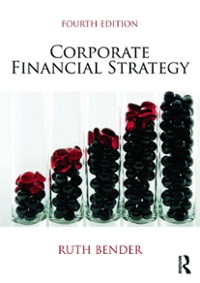Question
7. Early theories of mass communication suggested that audiences were passive recipients of media messages and thus vulnerable to manipulation. Which of the following best
7. Early theories of mass communication suggested that audiences were passive recipients of media
messages and thus vulnerable to manipulation. Which of the following best describes current thinking?
a. Audiences are more vulnerable and passive than ever before.
b. Television viewing, in particular, creates increased activity in the right hemisphere of the brain.
c. Active receivers are not uniformly affected by mass communication messages.
d. Technology has led to increasingly passive recipients at the ends of message transmission systems.
8. Which form of communication is most effective in forming or changing predispositions toward an issue?
a. Interpersonal
b. Media
c. Group
d. Public
9. What is the major advantage of organizational publications?
a. Their ability to provide a revenue source for sponsoring organizations
b. Their ability to deliver specific, detailed information to narrowly defined target publics
c. Their ability to avoid the problems typically associated with two-way media
d. Their ability to give sponsoring organizations a means of uncontrolled communications
Step by Step Solution
There are 3 Steps involved in it
Step: 1

Get Instant Access to Expert-Tailored Solutions
See step-by-step solutions with expert insights and AI powered tools for academic success
Step: 2

Step: 3

Ace Your Homework with AI
Get the answers you need in no time with our AI-driven, step-by-step assistance
Get Started


